ATLANTA — Humanity may have questions, but evolution moves at its own pace. Ever since Charles Darwin put forth his idea that evolution is an ever-present, constantly occurring phenomenon rewarding the “fittest” with survival, scientists have scrutinized the theory. Even today, many questions remain regarding exactly how evolution works on a species level, but research from the Georgia Institute of Technology is providing some much-needed answers to evolutionary questions that probably should have been answered a long time ago — thanks to some lizards.
Centuries ago, most of Darwin’s contemporaries argued that if living beings were constantly changing due to evolution, then how can two fossils from the same species, found in the same area, look identical despite being 50 million years apart in age? In more recent decades, scientists have seen a flurry of evolutionary studies proving that evolution can and does occur rapidly (even from just one generation to the next).
While these discoveries have pleased evolutionary biologists, the findings ultimately still reinforce one nagging paradox: If evolution can happen so quickly, why have most species on Earth continued to appear the same for millions of years? This question is called the paradox of stasis, and James Stroud, assistant professor in the School of Biological Sciences at the Georgia Institute of Technology, set out to investigate it with this latest research project. To that end, he put together a long-term study focusing on a community of lizards measuring how evolution unfolded in the wild across multiple species.
Along the way, Prof. Stroud may have just uncovered the answer to one of evolution’s greatest riddles.
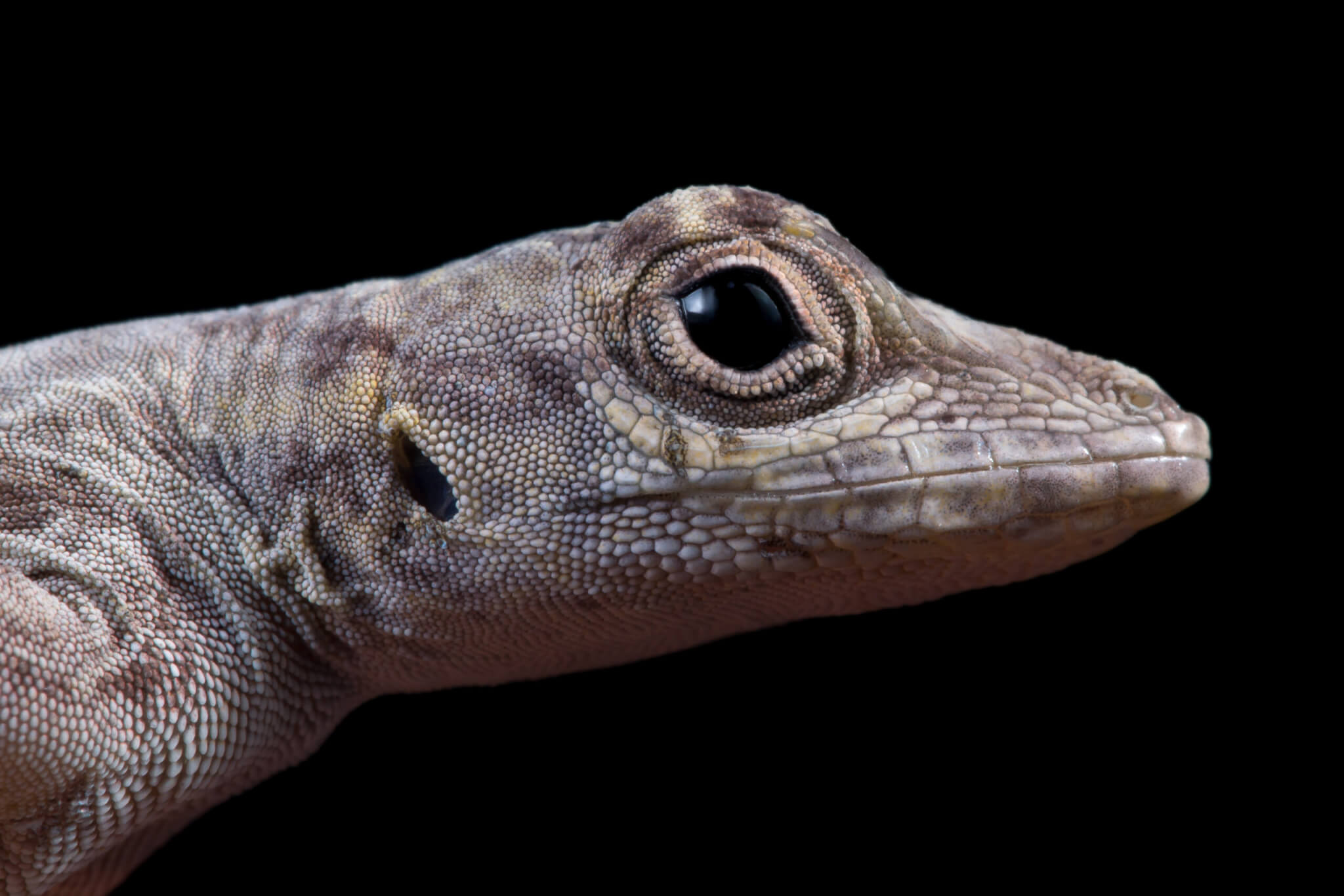
“We call this a paradox because it doesn’t seem to make any sense,” Stroud says in a media release. “The most common explanation is that natural selection is working to stabilize a species’ appearance, with the assumption that an average form will help them survive the best. The problem is, when people do field studies, they almost never find that this kind of ‘stabilizing’ selection actually exists.”
How scientists carefully monitored every lizard
The project encompassed four different species of Anolis lizards (anoles) living on a small island at the Fairchild Tropical Botanic Gardens in Coral Gables, Florida. Researchers measured natural selection in all four lizard species over five consecutive periods by catching and then monitoring the survival of each lizard on the island. To start, the team searched diligently day and night for lizards all over the island. Using of long fishing poles with tiny lassos at their tips, lizards were gently captured and placed in coolers. The exact branch or stump where each lizard was found was also documented.
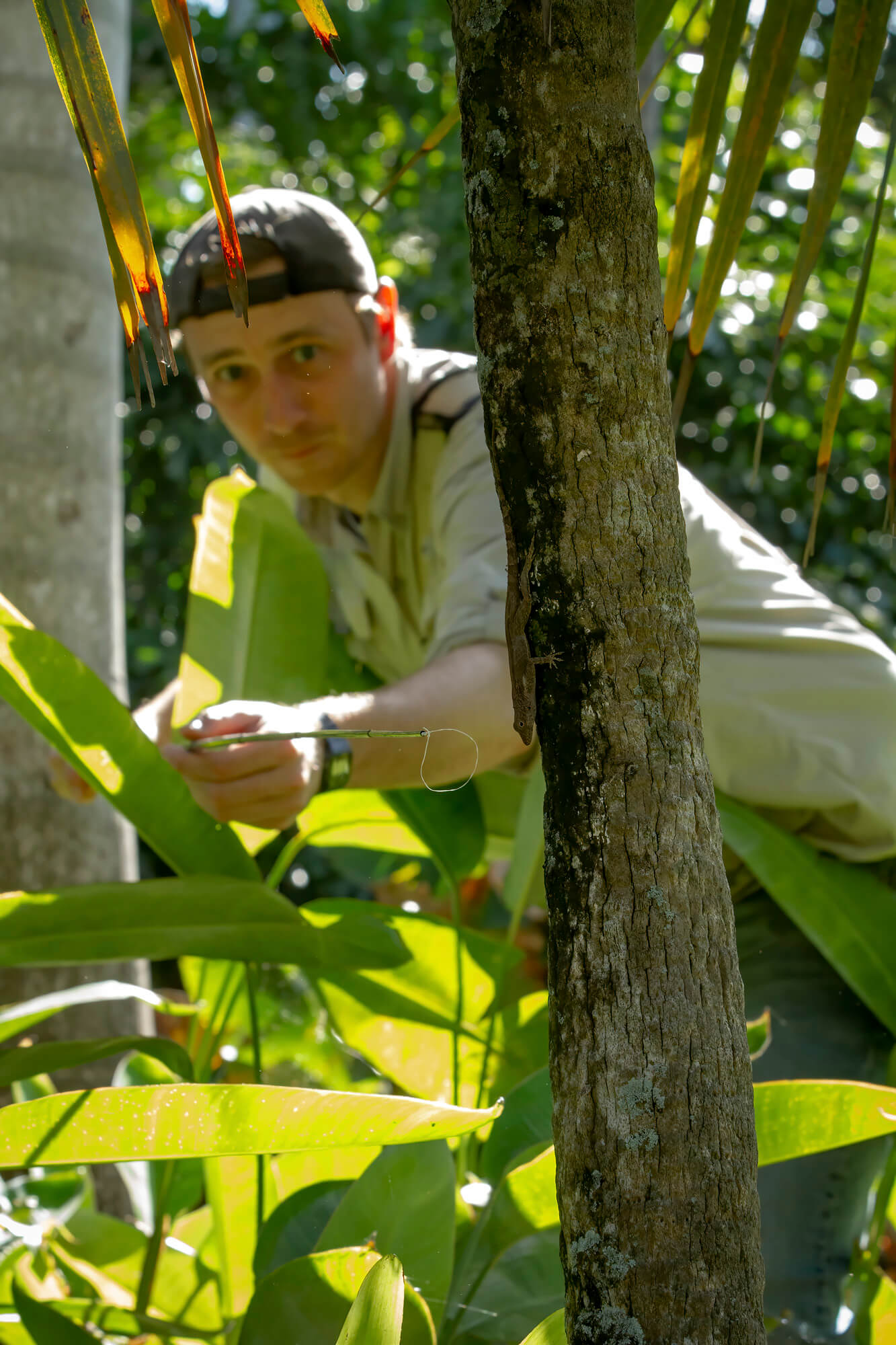
In the lab, the captured lizards’ heads, legs, feet, weight, and even the stickiness of their toes were all measured. Then, after being assigned an identifying number and being marked with a tiny tag under their skin, the lizards were released back to the very same branches where they had been found. This process continued for a matter of weeks until all lizards had been caught and tracked. Next, every six months for three years, Prof. Stroud and his team started the entire process all over again. They caught the same lizards, took measurements again, released them again, and made note of which lizards survived and which didn’t.
Since researchers used data from each separate time period, they were able to capture a snapshot of the history of every lizard in the island community. Then, study authors related survival data to the variation in body traits, facilitating the analysis and identification of which body traits were important predictors of survival. In combination, the analysis tells a story of how natural selection operated on the community as a whole, researchers say.
To his surprise, Prof. Stroud found that the stabilizing form of natural selection, or that which maintains a species’ same, average features, was in actuality very rare. In fact, natural selection varied massively through time. Some years, lizards with longer legs survived in greater numbers, but during other years, lizards with shorter legs fared better. Other times, no clear pattern emerged at all.
“The most fascinating result is that natural selection was extremely variable through time,” Prof. Stroud explains. “We often saw that selection would completely flip in direction from one year to the next. When combined into a long-term pattern, however, all this variation effectively canceled itself out: Species remained remarkably similar across the entire time period.”
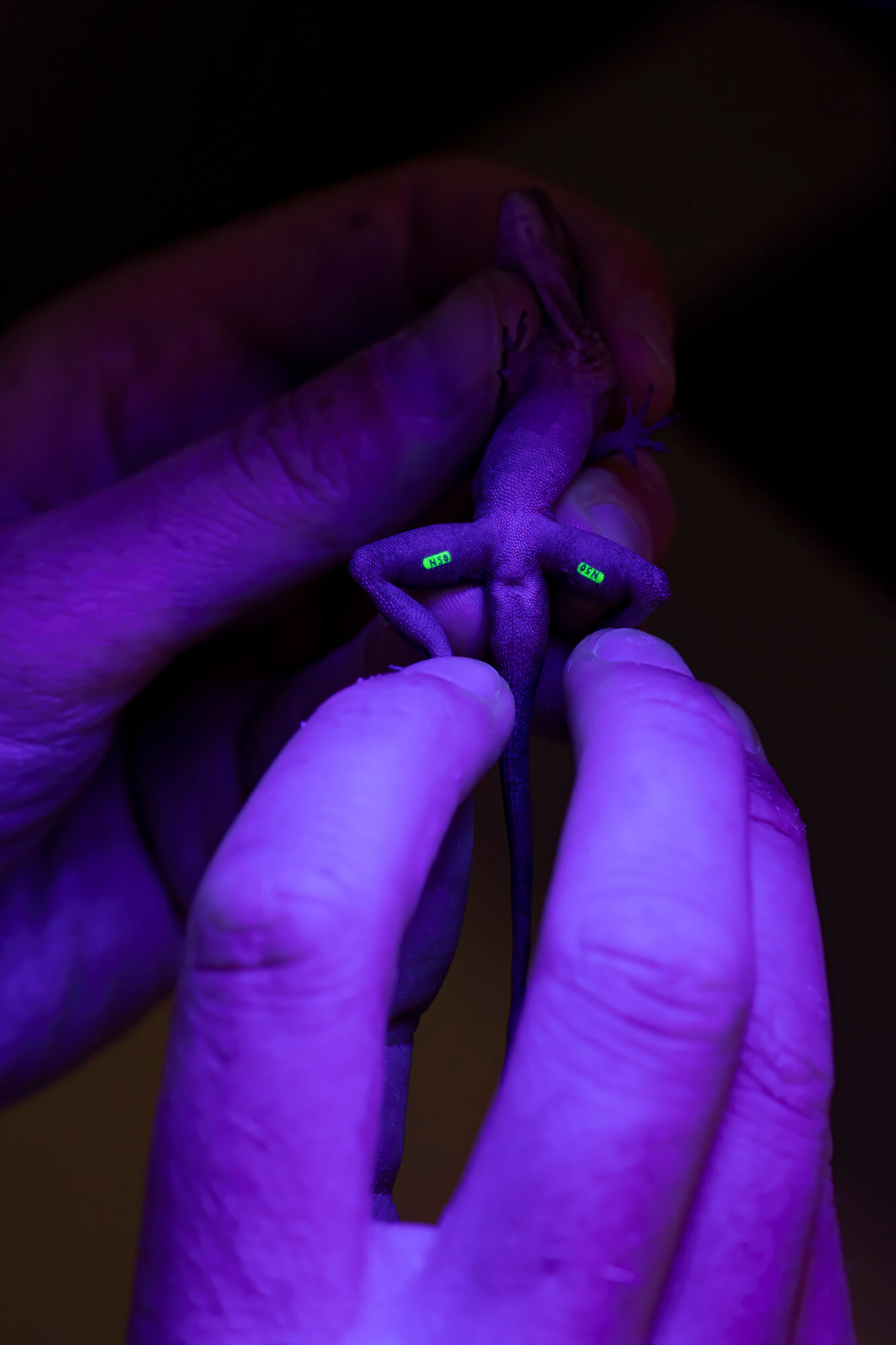
‘Evolution is still happening’
Never before has this level of insight been provided regarding how natural selection works on a community level – and certainly not with this level of detail. The lack of studies like this up until now is a major reason why scientists were never able to grasp how evolution works on the community level. Generally, researchers are usually unlikely to undertake a project like this because of the great amount of work and time required.
“Evolution can and does happen — it’s this ongoing process, but it doesn’t necessarily mean things are constantly changing in the long run,” Prof. Stroud comments. “Now we know that even if animals appear to be staying the same, evolution is still happening.”
According to Prof. Stroud, understanding evolution is critical to understanding all life on Earth.
“Understanding evolution doesn’t only help us understand the plants and animals around us and how they’re distributed across the world,” he continues. “It also shows us how life sustains itself in a world dominated by humans.”
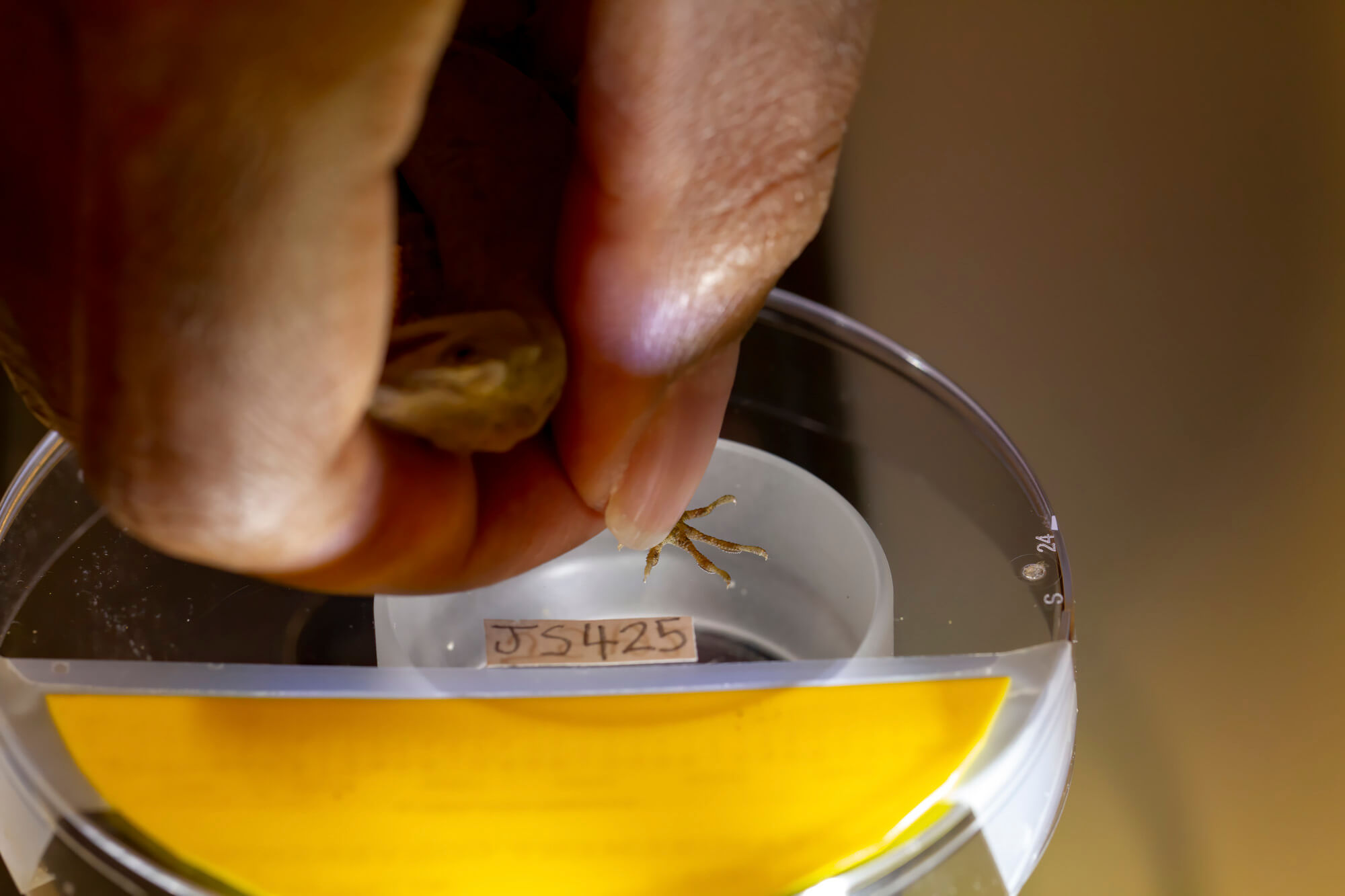
Very few studies have been conducted monitoring how evolution unfolds in the wild over long periods of time. This uncomfortable truth, according to Prof. Stroud, is a big reason why we have a biased view evolution today.
“For a very long time, evolutionary biologists have tried to figure out what was behind this paradox of stasis idea,” Prof. Stroud concludes. “What this study shows is that the answer may not be particularly complicated — we just had to conduct a study in the wild for a long enough time to figure it out.”
The study is published in Proceedings of the National Academy of Sciences.
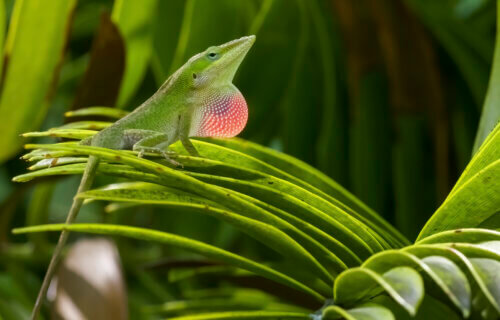
Yeah. Unless the niche changes, we shouldn’t expect the species to change. Intra-species and inter-species competition will produce short term trait advantages for exploiting the niche, but then it is exploited and another trait becomes advantageous.
I would think that the climate would need to be included in each year that effected growth and death of each lizard? Plants and bugs provide certain nutrients and drought or climate should play into this? De-evolution or stagnant evolution should also be considered. We know nothing of solar energy production to plant, animal, or human evolution. Only that the carbon levels are off the chart?
I’m surprised that the environment was not included in the study. There may be variations in resources, predators or pathogens, that also cluster around a mean value, that explain some trait variation in anoles.
Variation does not equate to evolution.
Even Darwin realised that his ‘theory’ was full of holes and did not make any sense.
The fact that more ‘long legs’ died than short legs, over a period of 6 months or even 3 years merely means that more long legs died. Not that Long legs were were less equipped to survive as a function of their legs.
Butr at least it kept a professor and some students amused for years.
Also, variations demonstrate the power of genetic drift and how it aids in natural selection.
We saw no evidence of evolution. Therefore, evolution is true.
They should talk to some mathematicians about chaos theory and strange attractors. There’s precedence for the idea that chaotic systems find islands of stability.
Seems to provide some evidence that “transmutation” or the change of one specie into another does not occur. Intriguing. More studies like this are suggested. Easton Jamaica
You do not understand how speciation occurs. We can and have observed how new species arise over time.
The real paradox is WHY people can’t just accept the fact that Darwin only theorized…ie, had a hypothesis….a guess….AND man’s theory is not the same as a law of nature. That’s the only fact here. He was a man. A scientist. People make mistakes. People can be wrong. Accept it.
Scientists in the evolutionary bio field repeatedly refuse to accept this, despite multitudes of contradictions to their “theories” existing.
Fact: Mankind did not evolve from monkeys.
ALL of the world’s scriptures aside, the evidence against evolution keeps mounting.
For ONCE, can the biologists just accept reality.
Ah yes, I was waiting for the “if I disprove evolution than God isn’t just my imaginary friend” camp to show up. They never disappoint. Now we just need the “God is real because I believe a three millennium old two volume set if stories and fabled is a nonfiction account of magic and super beings” and the gang’s all here.
Oh wow! Not sure you can use the fact that a man made theory isnt perfect to prove that a man made religion is true. There really is no corelation.
Regardless of my own opinions, most religions say that only thier diety is perfect and man is only an imperfect reflection of this diety. Using this suposition, all of the religions built by mankind are imperfect reflections of what said Dieties intended…
It does not make sense to use ignorance of the truth to “prove” that God exists. Ignorance or lack of understanding proves only one thing! More information is required before one can understand. THATS why these studies are so important. The more we know, the more we can understand. Its not that the answers are hidden, we just havent learned enough to understand what questions to ask.
Let me see if I’ve got this right. Most animals remain unchanged for a long periods of time, sometimes up to hundreds of millions of years…
This study shows that animals can be selected for longer legs one year and shorter legs the next; canceling out any lasting change.
And somehow this helps us to understand how lizards evolved from bacterium?
Yeah? Nah!
No, this is called evolution. Evolution simply refers to the change in allelic frequencies within populations. You should actually study Biology before downplaying the incredible work of these scientists.
I get the feeling the study has lost something during this translation, and if anyone really is interested in this they should read the original paper.
I believe that if you looked at the data in perhaps a different way you could support the concept “stabilization”. What where the Mean and Median leg lengths throughout the 5 year study? Where the numbers similar suggesting gaussian distribution or did they become stretched, driving toward separate populations. You were looking at the extremes within the species, which could be more vulnerable to sudden changes, causing it to appear that there was no consistent pattern. It is about which traits are conserved in the mean population, allowing then to be passed on to subsequent generation.
The other possibility is that the attributes you were measuring are not the driving factors for survival within the species. They might be corralated but not causal, so can not be predictive of survival sucess.
Hilarious.
Starting an experiment with the presumptive conclusion in mind.
The closed scientific mind in full flight.
Throw out Evolution and start over without all the bias.
Impossible in the modern world.